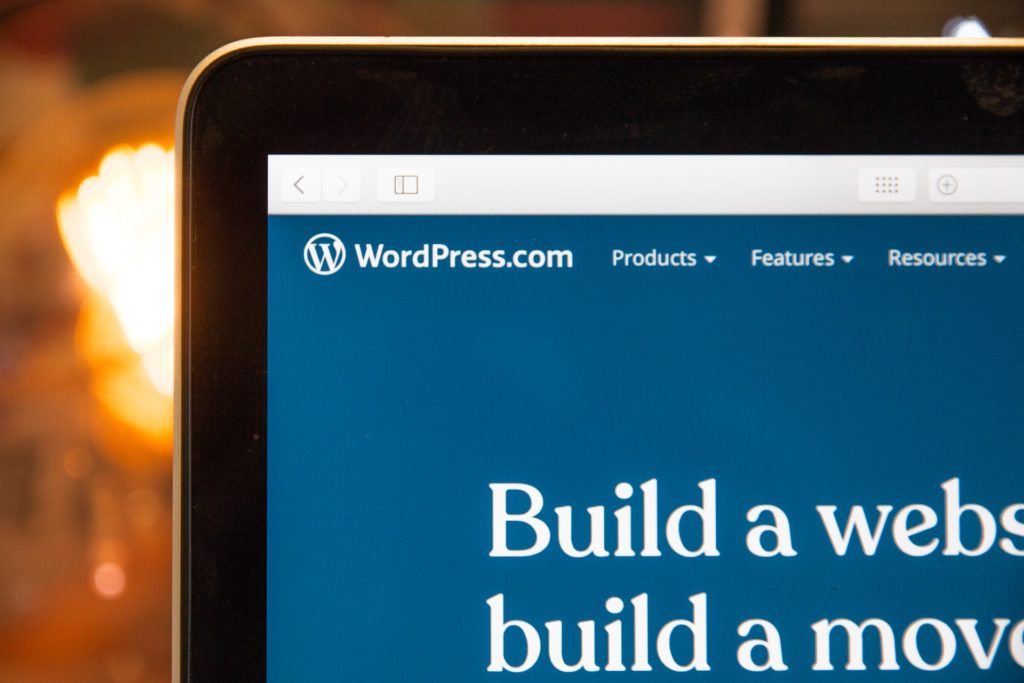A beginner’s guide to Headless CMS
Discover what a headless CMS is, why you’d need one, and the benefits of using one within our beginner’s guide.

Headless CMS is certainly a term that is causing a buzz within development circles right now, but if you were to ask a team of developers what it means, you may get a number of different variations of the same answer.
To help you understand exactly what a headless CMS is, why they’re becoming more popular, as well the benefits of using one, we’ve summarised all you need to know into this handy beginner’s guide.
What is a headless CMS?
Quite simply, a headless CMS is a CMS that is no longer responsible for rendering content.
Headless CMS content (or data) is delivered over an API, and a separate system is accountable for rendering the content. Rather than delivering to a single “head”, headless CMS content can be shared available to any number of front-ends that users experience.
The result? Your business has greater flexibility than via a “traditional” CMS setup to where and how you can deliver your content.
What is the need for a headless CMS?
Back in the olden days, before the introduction of CMSs, the internet was composed solely of static HTML pages, which required in-depth coding knowledge to build, develop and maintain.
This was fantastic for those who could afford to hire development teams to compose their sites, but it made the web an inhospitable landscape for those who did not have access to the knowledge required to launch a website.
This all changed with the introduction of the “traditional” CMS, which basically overnight provided millions of web users the opportunity to build a website and web pages with a few clicks of a button.
CMSs provide all the functionality and assumptions in a single system, exclusively providing content via web pages. This fantastic for those that want a simple solution, but not so great for web-owners who want to pick and choose how they present their content.
With a “traditional” CMS, developers are confined to the conventions and structures of the backend architecture when delivering content. Headless CMSs remove this obstacle, splitting processing between the frontend and the backend, providing developers full control over the frontend, free to optimise content delivery to best satisfy user experiences.
Simply put (in sweeter terms):
Traditional CMS – a pre-selected box of chocolates combining flavours you want with ones you don’t.
Headless CMS – a pick and mix goody bag filled with the exact flavours you want.

What are the benefits of building a headless CMS?
There are many benefits to using a headless CMS as the foundation for your website, including:
- Scalability – with processing layers removed, as well as opportunities to cache data from your API for use in other applications, your system doesn’t have render has much content, allowing you to scale your architecture a lot easier than monolithic CMSs.
- Integrations – because content is delivered over an API, the world is your oyster when it comes to the integrations and connections you can build into your website.
- Future-proof – because APIs can communicate with any software or device, your content will be future-proofed against any new developments and technologies. This provides the flexibility to develop and grow your CMS with the times.
- Speed – by streamlining rendering and removing unrequired functionality, your technology can be freed to deliver the exact required content without first having to format responses based on complex or unnecessary rules.
- Flexibility – “traditional” CMSs can often leave your developers bound to the tools and integrations made available, this can lead to a rigid technology stack that’s difficult to adapt or expand. With a headless CMS, APIs are able to integrate with any third-party tool, expanding the choice you have between existing tools and opportunity to utilise emerging technologies.
What this means for non-developers
For non-developers, the introduction of headless CMSs will throw about a bunch of changes to the backend user experience which might take some time to adjust to.
“Traditional” CMS frameworks have opened the door to marketing professionals to manage how content is presented and distributed on the web thanks to themes and page-builder plugins. However, these won’t be available in the same way if your business was to migrate to a headless solution. Instead, there will be heavier reliance on front-end development to develop user interfaces for content delivery.
The positive of this, however, will be that content marketers will have greater freedom outside of the constraints of their existing CMS to create more varied and dynamic content without requiring extensive backend development time to make it work.
How we can help
As an integral part of your business; it is vital to choose the right technology for your requirements. A decision should be made based on the usability, performance, speed of operation and security of a technology; as well your existing infrastructure.
Ultimately the technology you choose should depend on the problem you want to solve – our technologically-agnostic experts are on hand to provide recommendations on the right solution for your business.
We believe in working with flexible, scalable and secure technology solutions and it is incredibly important to us that we provide you with a solid framework that enables your business to prosper.
If you’re interested in learning more about the possibilities of using a headless CMS for your website, we’d love to chat with you about its suitability for your requirements.